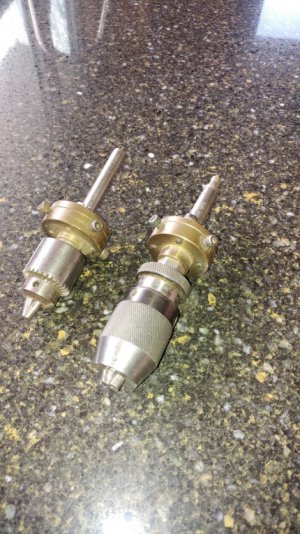- Joined
- Jan 31, 2016
- Messages
- 11,577
Flow Restrictive Orifices | Lenox Laser Micro Drilling and Machining
Laser micro drilled gas and liquid flow restrictive orifices. Lenox Laser drills flow restrictive orifices using flow calibration or optical measurment.
I worked with Joe for a couple years when I was at AAI . He did some small holes and built a company around it .


